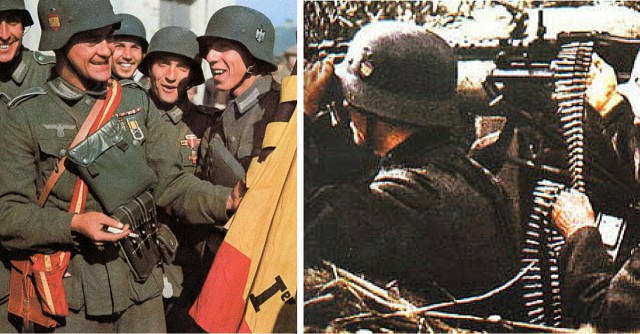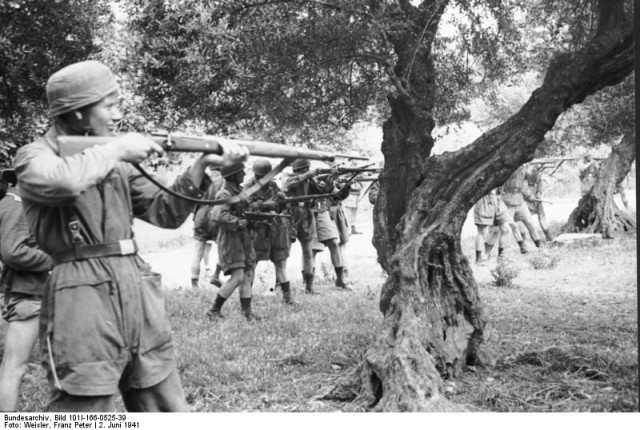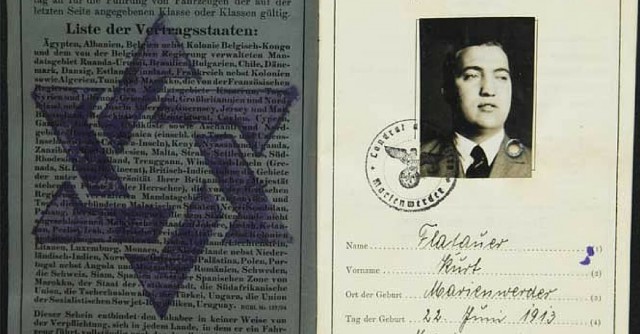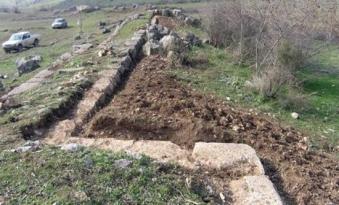Pope Urban II (background) at the Council of Clermont, late 15th century illustration
From the Livre des Passage d'Outre-mer, in National Library of France, Paris
(Unless otherwise noted, all illustrations/images are from Wikipedia)
Today's
walk through military history is not very warlike or martial. It
involves the beginning of the Crusading movement and the Pope who got
the ball rolling.
Background
Since
the advent of the forces of Islam sweeping out of the Arabian Desert,
two major empires tried to stop their roaring tide of conquest. The
Sassanid Persians were forcibly absorbed by the Islamic armies.
Resisting somewhat more solidly, the East Roman (Byzantine) Empire lost
Egypt, North Africa, and Syria to the Muslim armies. During the eleventh
century, Anatolia and Asia Minor (modern-day Turkey) were the center of
attempted conquest by the Seljuk Turks and the Byzantines. The defining
event occurred in August of 1071, when a Turkish army defeated a
Byzantine force at Manzikert.
As a result, nearly all Asia Minor was lost to the Turks, except the
area immediately in the vicinity of the capital Constantinople, and some
cities on the western and northern coast of the peninsula.
Prelude to the Council
 Byzantine Emperor Alexius I Comnenus (reigned 1081-1118)
Byzantine Emperor Alexius I Comnenus (reigned 1081-1118)
Artist unknown, from a Greek manuscript, 12th or 13th century
Currently in the Vatican Library, Rome, Italy
Beginning
in 1081, Byzantine Emperor Alexius I Comnenus began retaking areas of
the empire which had fallen away. The islands of Crete and Cyprus were
recaptured, as were Serbia, many of the islands in the Aegean Sea, and
the province of Paradunavum, which allowed the East Romans to once more
control the Danube River's southern bank. Early in his reign, he sought
to stop an invasion of the Balkans by Sicilian-Norman forces, but was
defeated at the battle of Dyrrhachium in 1082.
] After flexing the empire's military muscles in these campaigns, Alexius felt he was ready to take on the Turks.

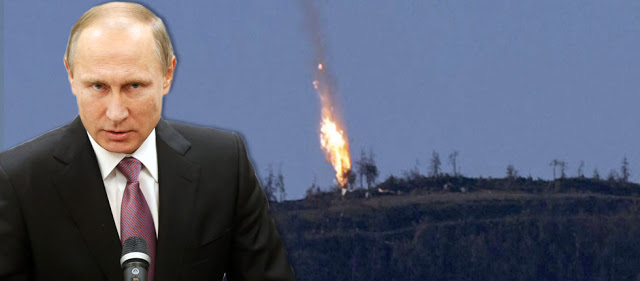
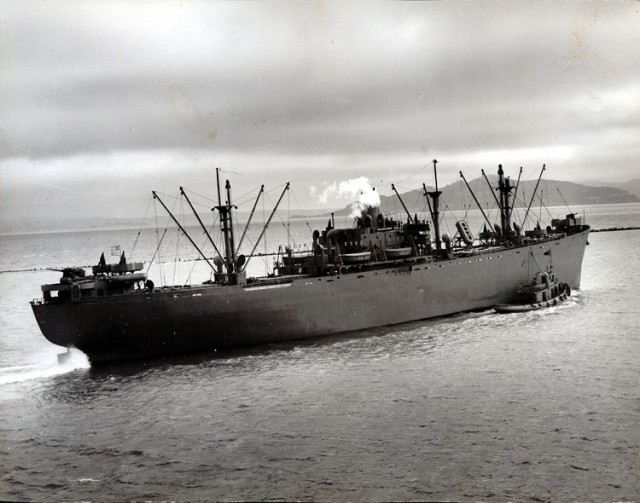



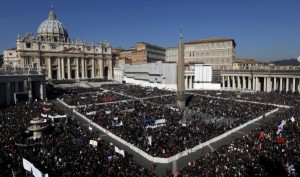 Το
FBI προειδοποίησε τις ιταλικές μυστικές υπηρεσίες ότι υπάρχει κίνδυνος
το Ισλαμικό Κράτος μετά την τρομοκρατική επίθεση στο Παρίσι να χτυπήσει
και σε ιταλικό έδαφος. Ανάμεσα στους στόχους και το Βατικανό.
Το
FBI προειδοποίησε τις ιταλικές μυστικές υπηρεσίες ότι υπάρχει κίνδυνος
το Ισλαμικό Κράτος μετά την τρομοκρατική επίθεση στο Παρίσι να χτυπήσει
και σε ιταλικό έδαφος. Ανάμεσα στους στόχους και το Βατικανό. Μόλις
τώρα οι Γαλλικές αρχές επιβεβαίωσαν ότι ανάμεσα στους φονευθέντες της
χθεσινής επέμβασης είναι κι ο ΑΜΠΝΤΕΛΧΑΜΙΝΤ ΑΜΠΑΟΥΝΤ ο εγκέφαλος της
τρομοκρατικης ενέργειας στο Παρισι
Μόλις
τώρα οι Γαλλικές αρχές επιβεβαίωσαν ότι ανάμεσα στους φονευθέντες της
χθεσινής επέμβασης είναι κι ο ΑΜΠΝΤΕΛΧΑΜΙΝΤ ΑΜΠΑΟΥΝΤ ο εγκέφαλος της
τρομοκρατικης ενέργειας στο Παρισι



